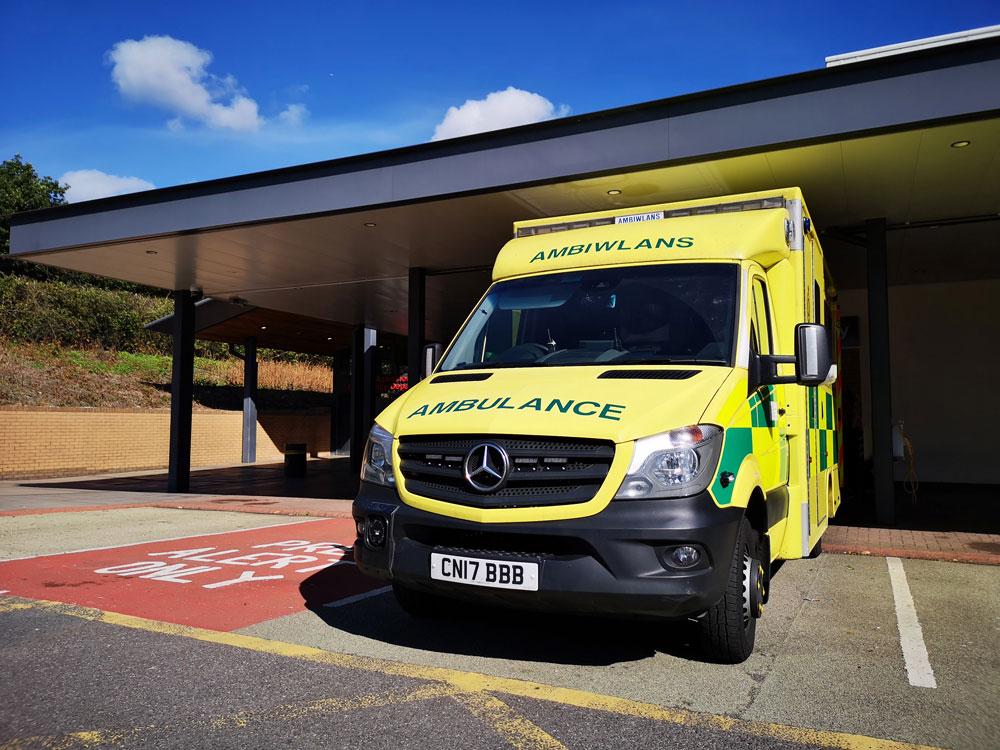How can the NHS modernise its estate to deliver world-class care, while using tax payers’ funds efficiently? Claire Tew and John Wingfield-Hill explore
The Naylor review set the tone for change and the government, nearly a year later, has pledged to invest in the NHS estate and set the challenge to find creative ways in which to modernise it at the same time
In July this year, each of England’s 44 Sustainability and Transformation Partnerships (STPs) submitted five-year estates strategies to NHS Improvement – setting out for the first time a comprehensive national picture of local estates priorities, covering primary care through to specialist and ambulance services. Breaking it down, the £2.6 billion pledged STP estates funding means around £59 million contribution from the centre per STP area over the next five years.
Based on PA Consulting analysis of average costs of NHS community schemes, this equates to building around four new 2,000m2 health centres per STP area over a five-year period – clearly other sources of financing will still be required. Add to this a complex picture where commissioners do not own their own buildings and providers are not incentivised or supported to rationalise estates and the offer from government doesn’t look quite so compelling.
But, the world is changing and commissioners are now beginning to procure ‘multi-specialty’ (MCP) and ‘integrated care system’ (ICS) provider contracts. These give more power to providers to deliver services based on population outcomes, integrate along pathways and release economies of scope as well as scale. With this comes an opportunity to use new powers to be more creative in using the estate. MCP and ICS providers will be able to turn around some of the misaligned incentives in the NHS property market.
There are three key steps for providers, who find themselves entering into new single provider contracts in 2018, to take. To use taxpayers’ funds efficiently, providers must manage their estates strategically, develop buildings based on clinical need, and move to the digital age.
Take the opportunity to ‘right-size’ your estate
In an era of multispecialty providers and integrated care systems, commissioning will increasingly focus on population outcomes rather than inputs. This means a fundamental shift for provider estates and provider property will need ‘right-sizing’ to meet the need. In turn this means being able to manage a property portfolio strategically rather than deploying tactical service moves around the annual contracting cycle. Contracts are increasingly being let in this way around the country and we expect the estate to be a major focus within new contracts being let.
With a recent survey of GPs showing that 4 in every 10 feels that they are practicing in premises that are not adequate for patient care, there is certainly an opportunity to consolidate services, rationalise the estate and improve what is left.
Minimise property overheads by utilising buildings better
Our work shows that many community buildings are only 60 per cent utilised in core hours on average (which varies by type of room and time of day and can be as low as 30 per cent in some properties), when a target of 80 per cent utilisation should be achievable. In contrast, bed space in acute hospitals is often at least 95 per cent utilised, which makes it difficult to manage services effectively, but also summarises the opportunity for providers in creating a shift from acute to local care models. NHS Property Services estimates that maintaining void space in its own estate alone costs more than £10 million per annum. Managing the cost base effectively will be crucial in a world where the risk on tight budgets is handed over to providers.
For shared community estates, commissioners are often in a difficult position: they hold the risk on utilisation (having to pay for property voids) but often lack the ability to fill sites as it is up to providers as to where services are located. Integrated providers should now be able to release savings from managing services delivered over several sites, contributing to a more efficient NHS estate overall.
Go agile
Building a property based on how many rooms a GP or nurse needs is no longer an option. The luxury of having a room per practitioner (which stays empty when there is no clinic or when the individual is not there) is no longer viable – there simply isn’t enough capital in the system. NHS property must go ‘agile’.
Around the country, public and private sector office-based workforces have been meeting via video or teleconference and hot-desking for years. District nursing hot-desking areas, smaller consultation rooms for telephone or video appointments and self-check-in at a single reception desk – there are many ways in which community health centres can move into the digital age.
Recent PA work sizing community health centres (working closely with clinicians and estates professionals) found that phone appointments could be delivered for between 20-50 per cent of GP appointments, and the room used only needed to be half the size of a standard GP consultation room (following DH Health Building Notes guidelines). Some practices have reduced the proportion of face-to-face appointments from around 70 per cent to around 30 per cent by using technology. If this could be released as a cashable benefit, the savings could be considerable in a health centre where primary care activity may be between 40-50 per cent of the total footprint. Going back to a typical 2,000m2 health centre, that’s a not negligible benefit of up to £1 million to the NHS on a new-build (and could contribute to efficiency savings on an already operational site).
Providers adopting new models of care have an opportunity to seize Naylor and the government’s ‘call to action’ – because the taxpayer has too long lived with an NHS estate that is inefficient, under-utilised and has been slow to move to the digital age.
Claire Tew and John Wingfield-Hill are NHS estates experts at PA Consulting.





